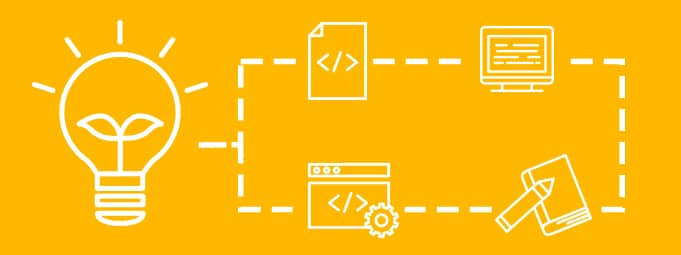
In order to accomplish successful teaching, educators must consider methods that allow every student to understand what is being taught. This is essential in a diverse world. There are many factors that can affect the way students receive and interpret information. In fact, every student is different. Therefore, methods such as differentiated instruction can greatly benefit a student’s classroom experience. It is frustrating for students to not understand their material and just as challenging for parents to assist them at home. Educators can prevent this issue with the right approach. In this case, differentiated instruction can change the way students comprehend and learn.
From a teacher’s perspective, the concept of differentiated instruction is a means of understanding each individual student. It is an approach that tailors teaching so that every single student is able to learn classroom material. This is a great method for teachers to practice as it promotes inclusivity and honors the diversity among students. It also changes a student’s overall learning experience. Additionally, there are various ways that a teacher can implement differentiated instruction. For example, he or she can adopt unique strategies to target the most effective learning style for each student. The same way people have a love language, is the same way each student has a learning preference. Some examples of different types of student learners include:
Differentiated instruction has been an active approach since 2002 when Congress passed the No Child Left Behind Act (NCLB). The law held schools accountable for how students learned and achieved. In 2015, it was replaced by the Every Student Succeeds Act, which governs the United States K-12 public education policy. Overall, education has been an important factor of life in the United States. Based on research, differentiation is proven to be an effective method that benefits a wide range of students.
The best way for teachers to apply differentiated instruction in their classroom is to first understand their students. What makes each person different? Which teaching methods are the most effective for them? This process also comes with building a meaningful relationship with students. When students feel more comfortable in their classroom, they are more likely to participate and engage with others. In addition, this may mean using various techniques to teach the same material. As a class, there will be some students who understand better when engaging in hands-on activities, while others from writing the notes written on the board.
“Differentiated instruction means factoring students’ individual learning styles and levels of readiness first before designing a a lesson plan.”
Carol Ann Tomlinson, Professor of Educational Leadership
When it comes down to it, what are some good exercises or methods to use when implementing differentiated instruction? Every classroom varies, but it will help to have guidelines. To start, consider adjusting the following areas:
Generally, schools will cover the curriculum set by the school district or state educational standards. Every curriculum covers fundamental lesson content to ensure students are receiving the same academic information. However, not all students will be on the same level of understanding when it comes to certain topics. In other words, some students will be more or less familiar with the learning material than others. So, to combat this imbalance, teachers can practice using differentiated instruction. Here are some ideas:
Rather than sticking to the same teaching process, teachers should get creative and incorporate new activities that excite their students. For example, use props, get hands-on, engage in group discussions, have students write on the board, watch videos. There are a plethora of ideas to carry out differentiated instruction.
There are physical and psychological elements that affect the way students learn. Flexibility and comfort in a classroom is very necessary. Because students will be at school anywhere from 7-8 hours a day, it is important to make them feel as welcome and comfortable as possible. This does not necessarily mean physical comfort. Instilling an environment of kindness, humility, generosity, and acceptance is beneficial. It will encourage students to comfortably open up and participate in the classroom. In addition, it can make learning easier for them.
Renton Prep Christian School is a great place for students to feel heard. We value inclusivity, education, and pursuing new opportunities where our students can excel. Not to mention, our students are diverse and are growing together in an equal environment. Visit our website to learn more about our school, or contact us today to enroll your child!